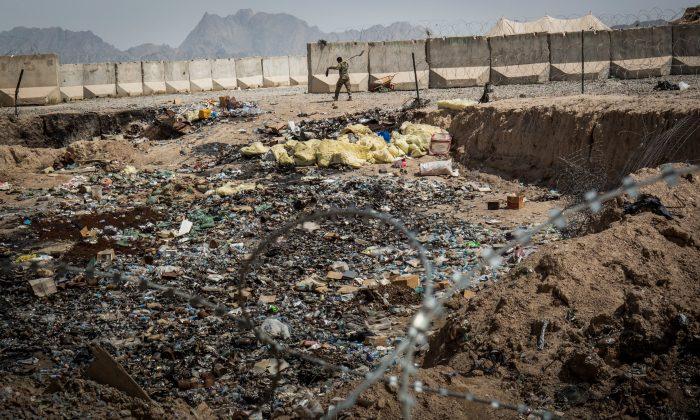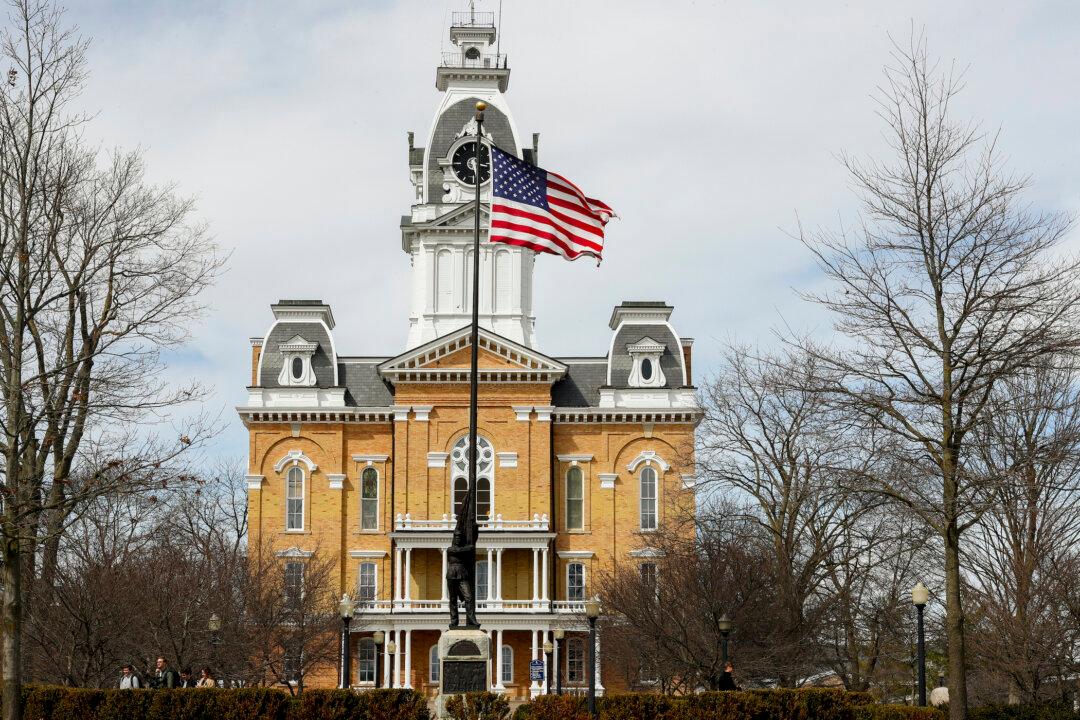Experts testified at a Senate Armed Services Committee hearing on March 16 about the long-term health effects of exposure to burn pits that used jet fuel to incinerate medical waste, chemicals, human waste, and other trash at U.S. military installations during the First Gulf War and subsequent wars in Iraq and Afghanistan.
The hearing coincided with a new proposal from Sen. Kirsten Gillibrand (D-N.Y.), chair of the SASC’s subcommittee on personnel, that would provide Department of Veterans Affairs (VA) care to U.S. service members with a myriad of serious diseases who worked on bases that used burn pits.
Hundreds of Thousands Exposed
Co-sponsored by the personnel subcommittee’s ranking Republican and the co-leader of the March 16 hearing, Sen. Thom Tillis (R-N.C.), the measure passed the Senate unanimously in February.“I think the bill can pass [the Senate] as is if we had an up or down vote today,” Gillibrand told reporters.
“That’s why the score is so high. But when I look at this number, it’s the cost of war,” Gillibrand told reporters.
The CBO hasn’t released a cost estimate for Tillis’s bill.
While Gillibrand told reporters at the press conference that “we understand [burn pits are] not being used,” an expert at the hearing offered contradictory information.
Pits a Military ‘Necessity’
“Did they determine that all past burn pits in the last 20 years were operationally necessary?” Gillibrand asked Rauch.Rauch responded: “Burn pits that were used in the past were used because when you establish a base camp in an immature theater, and each service member in the deployed force is generating 10 or more pounds of waste every day, and you have 300 to 3,000—that’s a lot of daily waste, and we have to manage it somehow.
“In an immature theater, before you can install incinerators or contract to have it removed, burn pits were used.”
Both Gillibrand and Tillis requested additional information on the current use of burn pits.
Sen. Josh Hawley (R-Mo.) asked Rauch what the Pentagon has done to enhance its collection of data that can link a particular disease with airborne toxin exposure.
“It’s a part of the data that we already collect by preventative medicine units and store in our databases, but linking those exposures to illnesses has been somewhat challenging,” Rauch responded.
Capt. Brian Feldman, commander of the U.S. Navy and Marine Corps’ public health center, told the senators that Navy Medicine is conducting research and development on silicone band wearables that soldiers can wear to assess individual-level exposure to toxins.
Tom Porter, executive vice president of government affairs for the Iraq and Afghanistan Veterans of America organization, told senators that he suffered lung damage due to burn pit exposure.
“Before I went downrange, I had completely healthy lungs. Shortly after I arrived in Kabul in 2010, where the air is particularly bad, my lungs had a severe reaction and became infected. It was controlled with medication, but I was diagnosed with asthma as soon as I got back home a year later,” he said.
“I have to still take the medications to keep breathing.”





